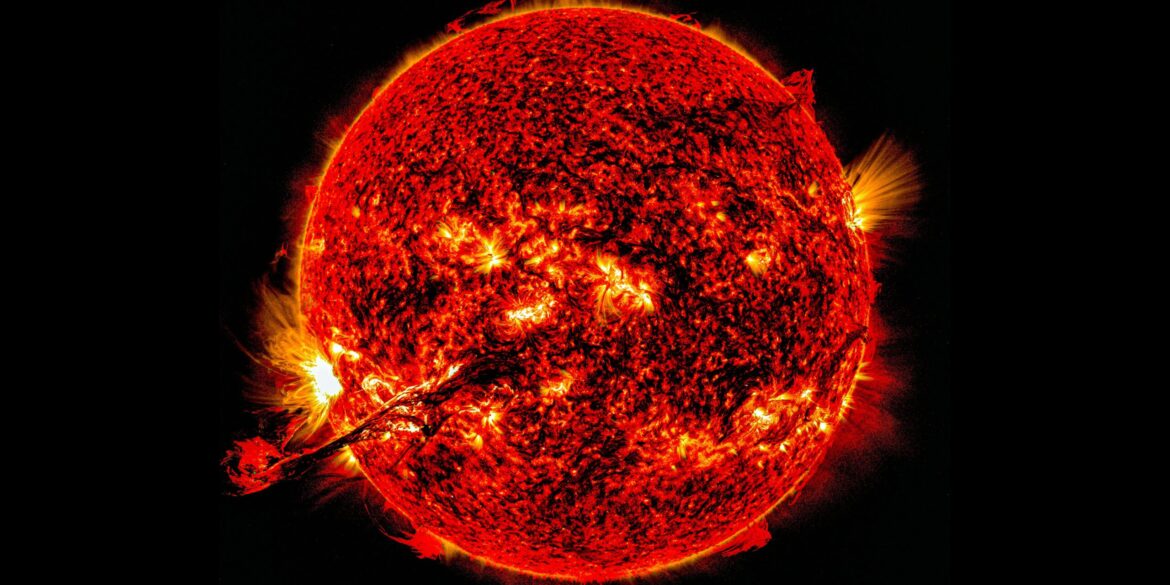NASA has released the most detailed and close-up images of the Sun’s corona ever captured, taken during the Parker Solar Probe’s historic perihelion on December 24, 2024. During this record-breaking pass, the probe approached within just 3.8 million miles (6.1 million km) of the solar surface, making it the closest any spacecraft has ventured into our nearest star’s atmosphere .
The photographs, captured by the probe’s Wide-Field Imager for Solar Probe (WISPR), showcase stunning plasma structures, magnetic filaments, and merging coronal mass ejections (CMEs) in unparalleled detail. One striking sequence features three CMEs erupting in close succession and coalescing into a single powerful event—a phenomenon scientists had only theorized until now.
Experts say these visuals provide critical data on how solar wind forms and transports energy, potentially refining models that forecast space weather, including solar storms that can disrupt satellites, communications, and power grids on Earth. Lead scientist Nour Raouafi remarked the mission offers “a front seat” view into where space weather threats originate.
In addition to capturing dynamic CMEs, the probe imaged the heliospheric current sheet—a vast magnetic boundary within the solar wind—revealing its intricate structure in a way previous distant observations could not. These detailed views help scientists understand the forces shaping both fast and slow components of the solar wind and how they escape the Sun’s gravitational hold .
The Parker Solar Probe, launched in 2018, has used repeated Venus flybys to tighten its orbit. During this fourth close encounter in late 2024, it traveled at a blistering speed of around 430,000 miles per hour—the fastest velocity ever achieved by a human-made object. NASA’s associate administrator for heliophysics, Nicky Fox, highlighted that these direct imagery and data “transport us into the dynamic atmosphere of our closest star” and are vital for improving space weather forecasts that protect both humans and technology.
This release marks the culmination of WISPR’s work during the probe’s close passes, which began last December and continued through March and June 2025, completing the mission’s primary phase. As the Parker Solar Probe continues its mission, further close approaches are expected, promising even more revolutionary data in future flybys starting from September 15, 2025.
The newfound clarity with which the Sun’s corona and solar wind are being observed is reshaping heliophysics. For the first time, scientists can witness coronal magnetic reconnection, filament eruptions, and solar wind structures from within the corona. These insights are vital for safeguarding astronauts, satellites, and Earth-based systems from solar-induced disruptions.
As Parker Solar Probe continues to push the boundaries of solar exploration, these visuals represent a major leap forward. The imagery not only captures the raw beauty of our star but also deepens our understanding of its powerful influence—solidifying heliophysics as an essential science for the future.

